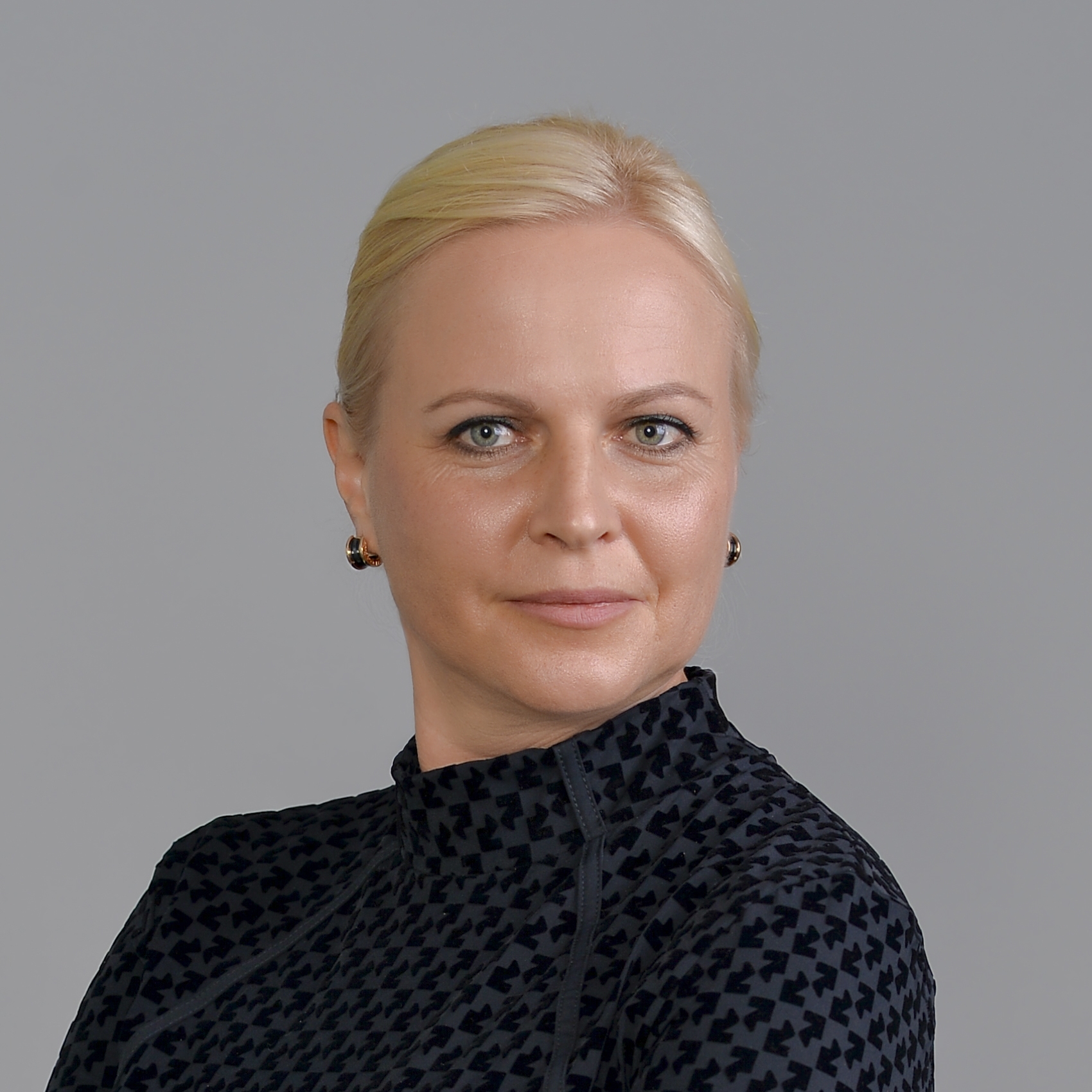People

Daria Andreeva - Baeumler
Title
Deputy Director (Academic Matters)
Degree
PhD in Chemistry and Physics of polymers, Institute of Macromolecules Compounds, Russian Academy of Science
DSc in physical chemistry (Habilitation), University of Bayreuth, Germany
Research Interests
Membranes, stimuli responsive materials, 2D hydrogels, polymer-2D materials composites, 2D composites for healthcare applications.
Office Location
S9-09-02E
Biography
Daria V. Andreeva is an Associate Professor in the Department of Materials Science and Engineering at the National University of Singapore and a Principal Investigator at the Institute for Functional Intelligent Materials (IFIM). Her research bridges chemistry, materials science, and nanotechnology, with a focus on self-assembled, stimuli-responsive nanostructures for applications in energy, environmental sustainability, and healthcare.
She received her PhD in Chemistry and Physics of Polymers from the Institute of Macromolecular Compounds in Saint Petersburg. Following this, she joined the Max Planck Institute of Colloids and Interfaces in Germany as a postdoctoral fellow under the mentorship of Prof. Helmuth Möhwald, where she worked on smart anticorrosion coatings and functional interfaces. She remained in Germany to complete her habilitation in Physical Chemistry at the University of Bayreuth. She later joined the Center for Soft and Living Matter at the Institute for Basic Science (IBS) in Ulsan, South Korea, where she collaborated on adaptive devices for soft robotics and sensing under Prof. Steve Granick.
Prof. Andreeva has authored more than 100 peer-reviewed publications, including articles in Nature Nanotechnology and Advanced Materials. Her work has been recognized with several international fellowships and awards, including those from the Alexander von Humboldt Foundation and UNESCO. At IFIM, she leads interdisciplinary efforts to design intelligent membrane systems and dynamic nanomaterials that emulate functions found in biological systems.
Selected Publications
- Leng, X. et al. Technology and applications of graphene oxide membranes, in Book
Molecular Interactions on Two-Dimensional Materials, 379-422, 2022. - Andreeva, D.V., et al. Two-dimensional adaptive membranes with programmable water and ionic channels, Nature Nanotechnology, 16, 174-180, 2021.
- Wang, Q., et al. Nanoarchitectonics of hyperbolic paraboloid 2D Graphene Oxide Membranes, Zeitschrift für anorganische und allgemeine Chemie, 647, 2073-2079, 2021.
- Chen, M., et al. Robust and Flexible Optically Active 2D Membranes Based on Encapsulation of Liquid Crystals in Graphene Oxide Pockets, 8, 2101432, 2021.
- Chen, Z., Yang, K., et al. Electrically Controlled Thermal Radiation from Reduced Graphene Oxide Membranes, ACS Applied Materials & Interfaces, 13, 27278-27283, 2021.
- Chen, S., et al. Perspectives in the design and application of composites based on graphene derivatives and bio‐based polymers, Polymer International, 69, 1173-1186, 2020.
